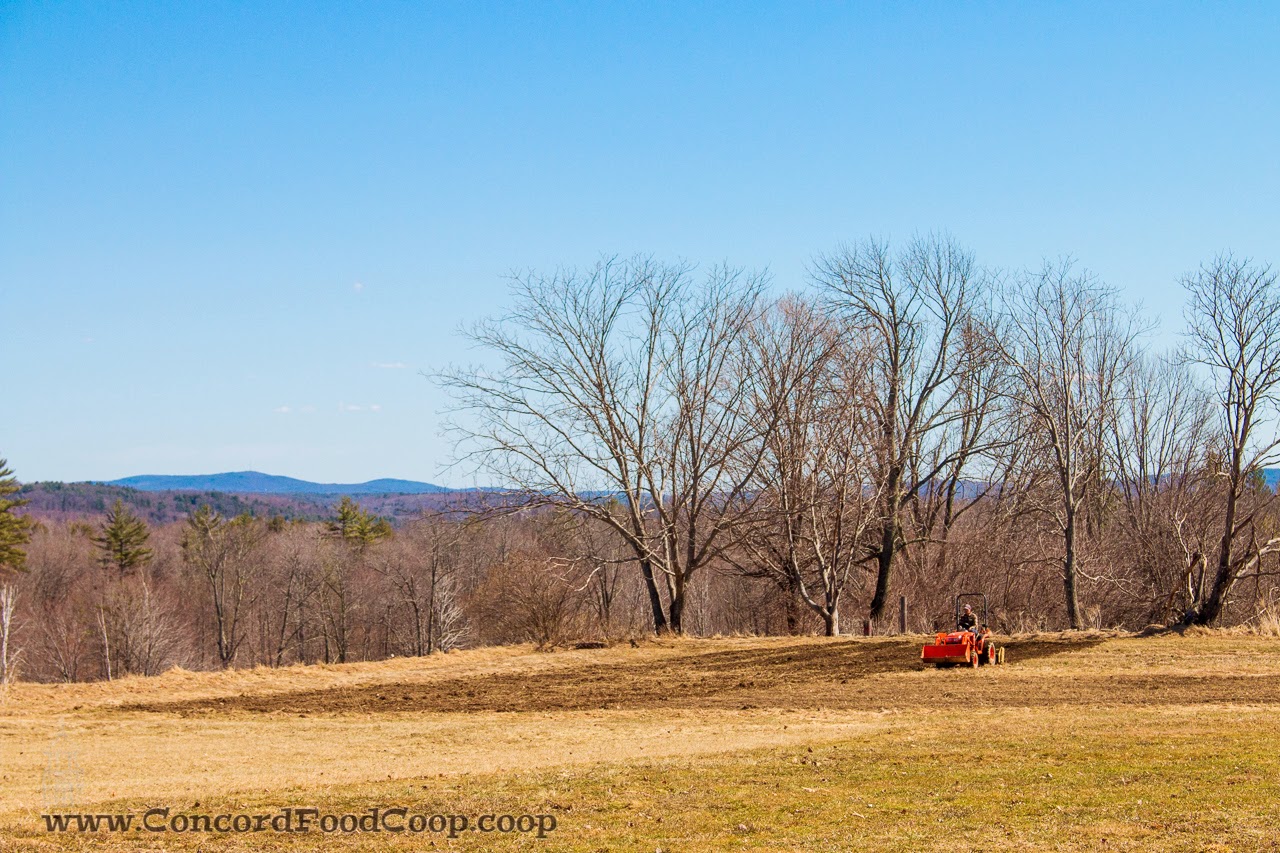Murky debate, GMOs. Few food topics arouse such acrimony and zeal, even though the jury is still out on how noxious and harmful the things even are.
At the Co-op, we believe what most Americans do: consumers have the right to know the source of their food. That’s why legislation that threatens to undo hard-fought-for GMO labeling efforts gets our attention. Learn more and find out how you can take action.
What Are GMOs?
When we alter the genetic material of a living thing so it can do something new or different, we create a genetically modified organism or GMO. A GMO may be a bacteria that puts out human insulin or an insect-resistant corn plant.What’s So Bad About That?
Life-saving insulin. Disease- and pest-resistant crops. What’s not to love? GMOs have undeniable advantages, or they wouldn’t exist in the first place. But there is also a big, whopping unknown—and that’s what worries people.Human meddling to modify nature is nothing new and often innocuous. Farmers for centuries have been tweaking breeding methods to produce greater yields, grow larger plants and animals, and so on. But these historical practices relied on the natural reproductive processes of the organisms themselves. In the case of GMOs, labs create things that nature cannot. Critics contend that unforeseen consequences are inevitable and potentially dire, with health risks to humans that may include exposure to new allergens or the transfer of antibiotic-resistant genes.
How Would Labeling Help?
Labeling doesn’t put an end to GMOs, but it does identify them. Mandatory labeling of GMO foods would, at the very least, give consumers the ability to know what they’re eating so they can make informed choices.It’s an idea that has overwhelming, widespread support. In 2013, a New York Times poll indicated that more than 93 percent of respondents favored GMO labeling, and by 2014, 24 states were considering broad, sweeping legislation to label GMO foods. Vermont’s legislature led the way, passing the nation’s first law in 2014 mandating the labeling of genetically modified ingredients in packaged products.
Latest Legislation: The DARK Act
Introduced by Rep. Mike Pompeo (R-Kan.), HR 1599, the “Safe and Accurate Food Labeling Act of 2015,” allows for a national labeling system without actually requiring it—and therein lies the problem.“Not a single company has ever voluntarily disclosed the presence of GMOs in its food,” said Scott Faber, senior vice president of government affairs for the Environmental Working Group, an environmental think tank and advocacy organization. “Voluntary labeling does nothing to solve the confusion consumers face at the supermarket, nor does it provide them with the information overwhelming numbers of consumers clearly want.”
Known by detractors as the DARK Act (Deny Americans the Right to Know), HR 1599:
- blocks state labeling laws.
While a uniform national labeling standard is simplest to enforce, the lack of such a standard prompted several states to develop labeling laws of their own. This bill prevents states from establishing future labeling laws and blocks any existing laws, too.
- closes the door on a national GMO labeling standard.
The bill not only eliminates state labeling laws, it also restricts the FDA’s ability to mandate national labeling laws—an authority the FDA currently holds.
- muddies the “natural” label.
As if “natural” wasn’t bewildering enough, HR 1599 requires the FDA to define “natural” in the next two years, and GMOs just might be covered in the definition. HR 1599 also blocks any state provisions that make it illegal to label foods containing GMOs as “natural.”
- establishes a weak review process.
HR 1599 establishes guidance for reviewing the safety of new GMO products, but the bill includes loopholes to automatically approve products that aren’t assessed by the FDA within 180 days.
What Can You Do?
Take ActionE-mail or call your legislators today and tell them to oppose HR 1599, or the DARK Act. Find your legislators here.
Get Involved
Join the New England Farmers Union and advocate for a transparent and sustainable food system. A special membership discount is available to members of food co-ops that are part of the Neighboring Food Co-op Association. Join here.
Resources
Just Label ItNH Right to Know GMO
Vermont Right to Know
New England Farmers Union
The Neighboring Food Co-op Association
Thanks to our friends at New England Farmers Union and the Neighboring Food Co-op Association for contributing to this post. Ken Davis is a writer for the Co-op News. Contact him at kdavis at coopfoodstore dot com.


